Celebrating Black History Month
NCCS User Spotlight: Hamid Oloso
Joining NASA’s Black History Month celebration, this spotlight shines on NASA Center for Climate Simulation (NCCS) user Dr. Hamid Oloso. We follow Oloso from his childhood and university years in Nigeria to his current role as a computational scientist in the Global Modeling and Assimilation Office (GMAO) at NASA Goddard Space Flight Center.
What is your family ancestry/country of origin? I am originally from Nigeria and of Yoruba descent. The Yorubas are mostly concentrated in Southwestern Nigeria and parts of Benin. The famous coastal city of Lagos is part of Yorubaland.

Hamid Oloso
Where is your hometown? I was born and raised in Ibadan, one of the largest cities in Africa. Ibadan is the capital of Oyo State and is about 100 miles northeast of Lagos. I consider Laurel, Maryland, my new hometown, having lived there for more than 20 years.
What was your career path to NASA? I obtained bachelor’s and master’s degrees in agricultural engineering at the University of Ibadan, the oldest university in Nigeria. After a stint as a lecturer at the same university, I had another stint at the Cranfield Institute of Technology [Editor’s note: now Cranfield University] in England on a British Council Scholarship conducting research on the engineering properties of the cashew nut.
Afterwards, I moved to the United States, where I completed a doctorate in mechanical engineering at Old Dominion University. My research, which was jointly funded by NASA and Boeing, focused on aerodynamic design optimization using computational fluid dynamics and parallel computing. During that time, I developed an interest in parallel computing as a tool for solving grand challenge computational problems. Before coming to NASA Goddard, I worked briefly as scientific computing consultant at the Minnesota Supercomputing Institute.
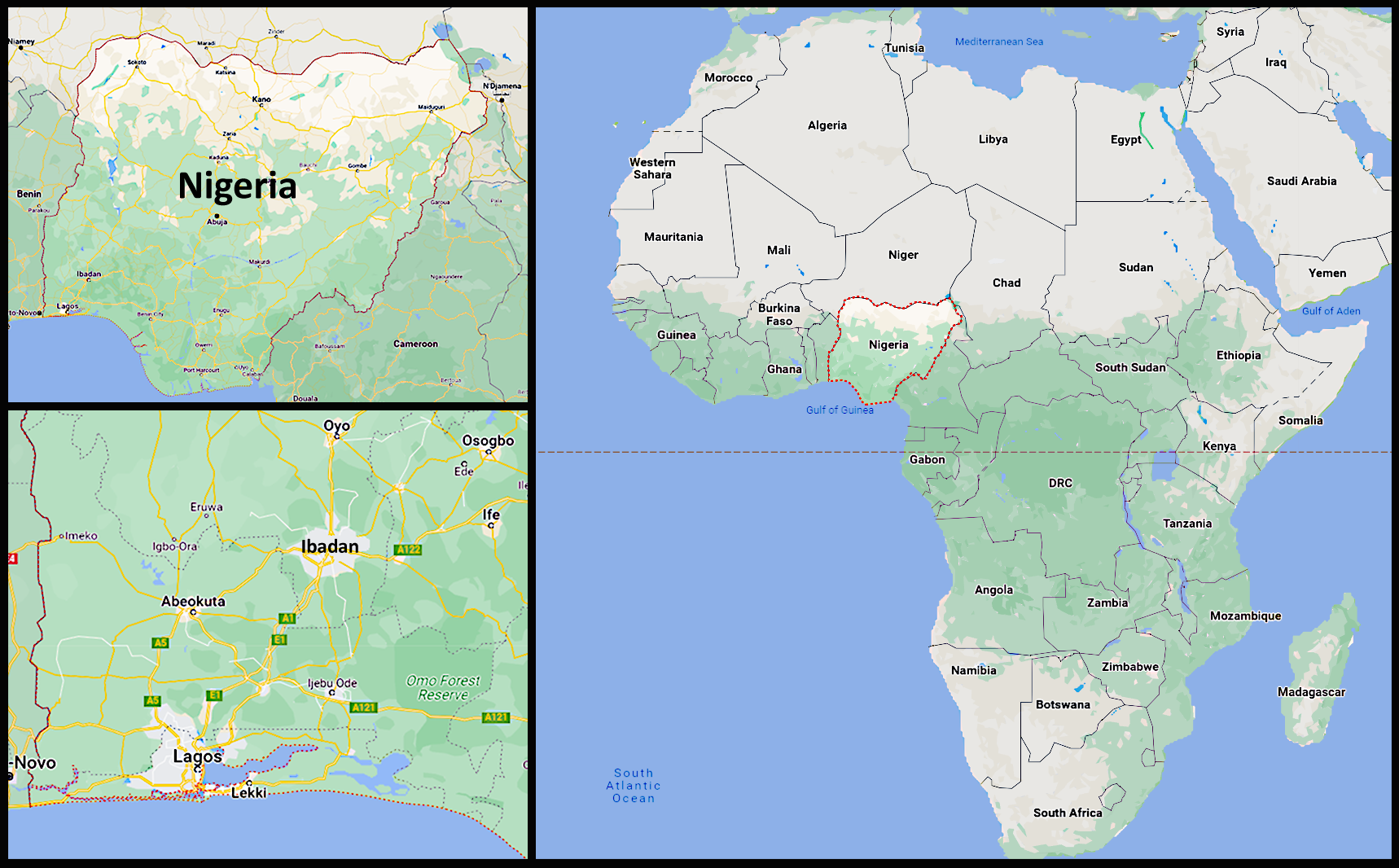
Hamid Oloso grew up and attended university in Ibadan, Nigeria. Map images from Google Maps. Map layout by Sean Keefe, NASA Goddard Space Flight Center.
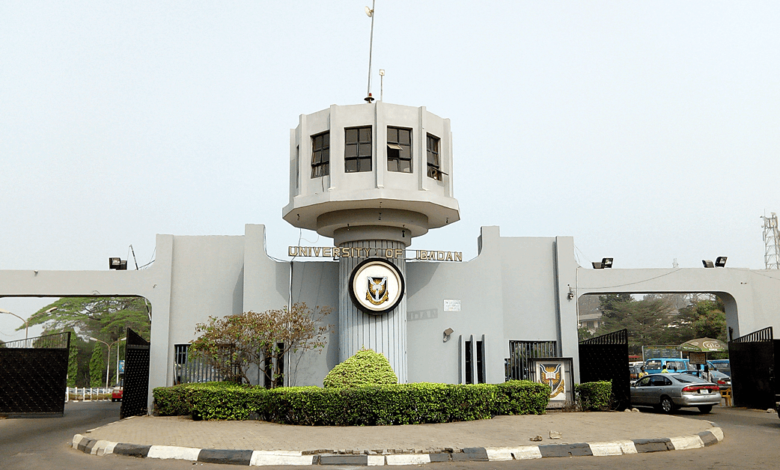
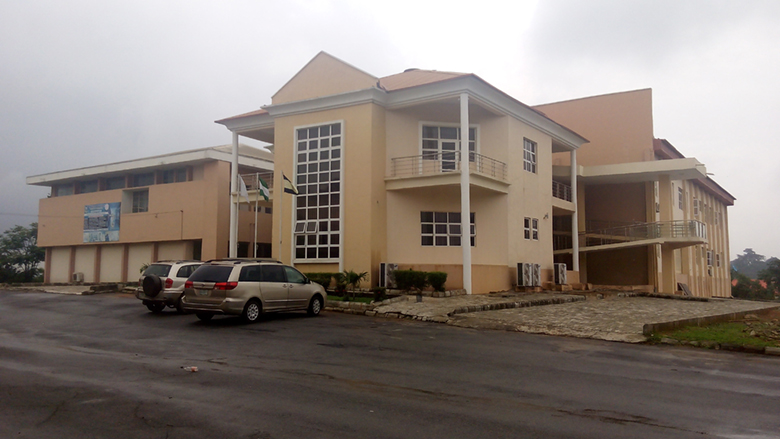
The University of Ibadan, founded in 1948, is the oldest university in Nigeria. The photos depict (top) the main gate and (bottom) the Faculty of Technology’s Engineering Laboratory Complex where Oloso studied and carried out research. Photos by the University of Ibadan and SuperSwift, Creative Commons Attribution-Share Alike 4.0 International license.
What is your current role at NASA? I am currently a member of the GMAO Software Infrastructure team, where I work with my colleagues to provide all kinds of support for the Goddard Earth Observing System (GEOS) model, including software modernization, model integration, computational performance improvement, and so on. GMAO is the largest consumer of NCCS resources. I also serve as the SSAI supervisor of the team. Recently, I have become more involved in leadership activities at SSAI. I was among the graduates of the company’s first Leadership Forum, in which participants conducted numerous interactive activities to learn leadership principles and their practical applications in leading self, teams, projects, and programs.
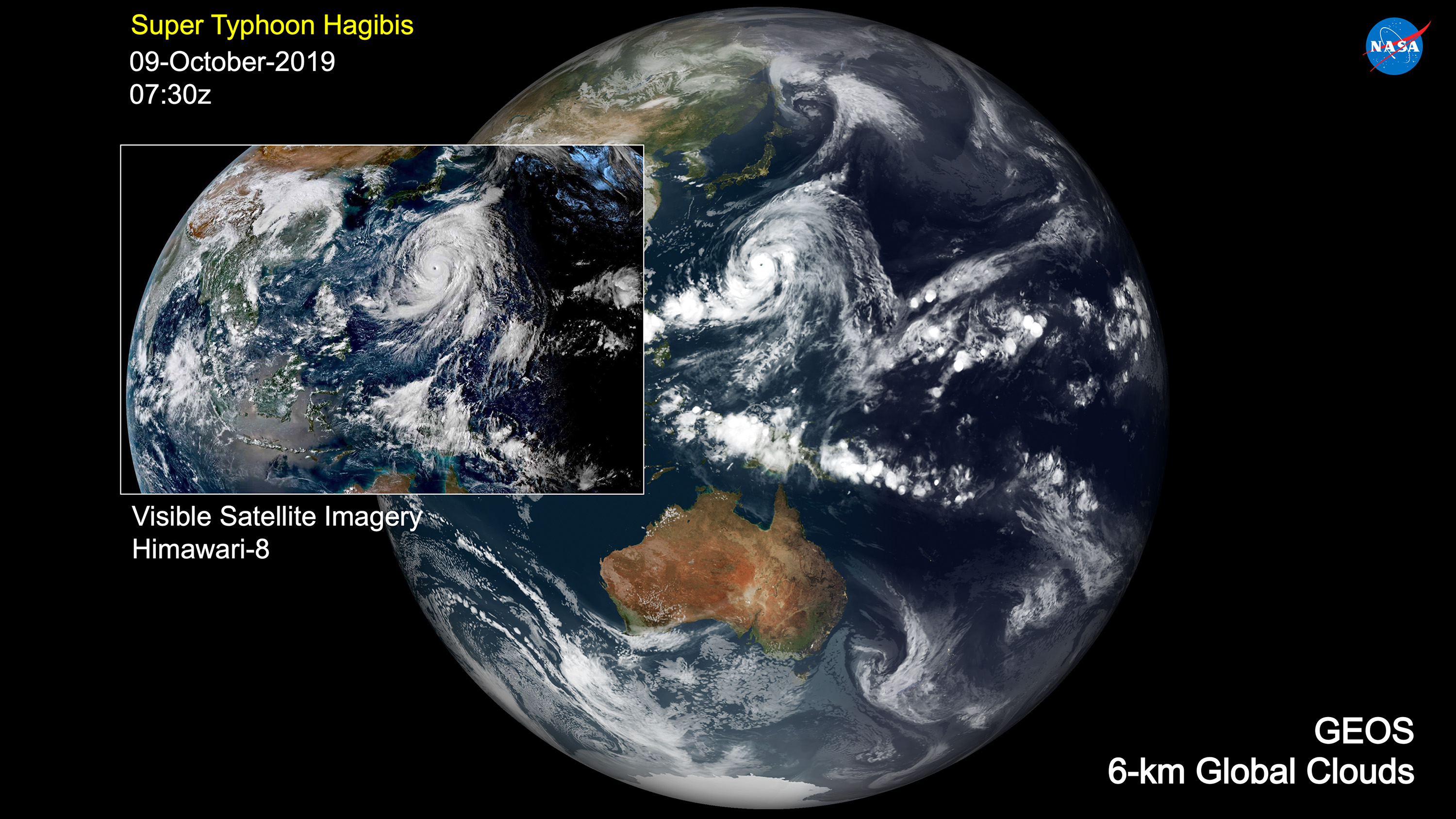
The intense tropical cyclone Hagibis in the western Pacific Ocean reached super typhoon status on 07 October 2019. The inset image is a visible satellite image from the Himarawi-8 satellite on 10 October 2019 at 06:00 UTC. The larger image is a visible cloud image produced by the experimental Goddard Earth Observing System (GEOS) model 54 hours into the model forecast. Visualization by William M. Putman, NASA Goddard Space Flight Center.
How has NCCS supported your research/career? I have been connected to NCCS for over two decades. Prior to joining GMAO, for over a decade I was part of the Advanced Software Technology Group (ASTG) that supports NCCS users. At ASTG, I worked on improving the computational performance and scalability of several science and engineering applications. It is through NCCS that I have continued to have access to newer/evolving parallel computers that we use to push the computational performance envelope of the GEOS model.
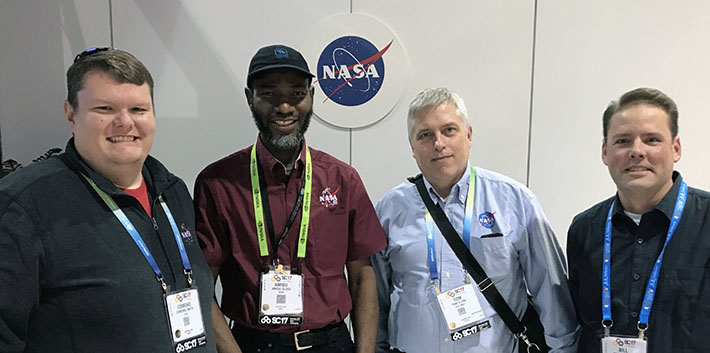
NASA Goddard Global Modeling and Assimilation Office (GMAO) staff members presenting at the Supercomputing 2017 (SC17) conference in Denver, Colorado, included (from left to right) Edmond Smith (now with the Johns Hopkins University Applied Physics Laboratory), Hamid Oloso, Tom Clune, and Bill Putman. Photo by NASA.
What or who especially inspires you? I have drawn inspiration from different people. First and foremost are my parents, who, despite modest means, ensured that my siblings and I received high-quality education. In my current work, I am inspired by my colleagues on the Software Infrastructure Team led by Dr. Thomas Clune for unparalleled collaboration, and the Chief Operating Officer of SSAI, Jonathan Kelley, for his persistent effort to raise the next generation of leaders.
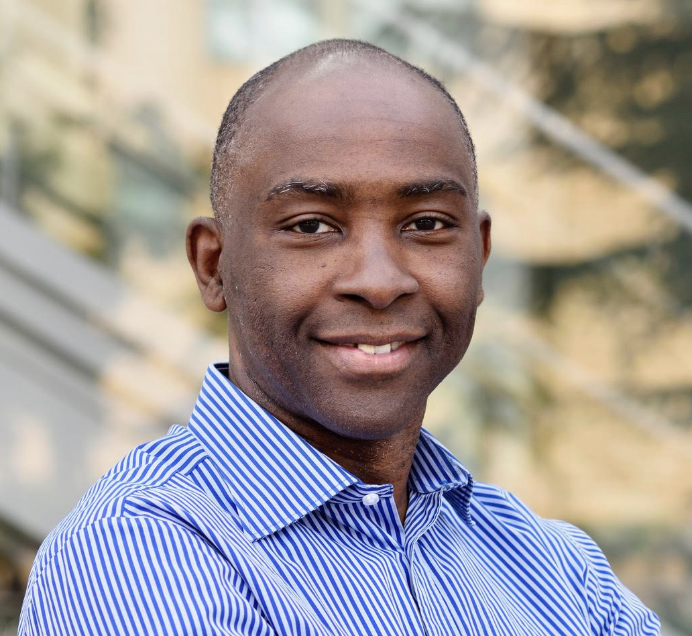
Kunle Olukotun
Are there any people of Black or African heritage in history/in your field who have influenced you? Professor Kunle Olukotun at Stanford University has influenced me with his significant and innovative contributions to the field of high-performance computing. [Editor’s note: Dr. Kunle Olukotun is the Cadence Design Professor of Electrical Engineering and Computer Science at Stanford University.]
How can the science and technology sector better encourage and support people of Black or African heritage? By increasing awareness very early from pre-K through college. By private and public organizations providing opportunities at various levels through financial support, educational programs, internships, and so on; and by effectively communicating those opportunities to the right audience.
Jarrett Cohen, NASA Goddard Space Flight Center
February 16, 2023


